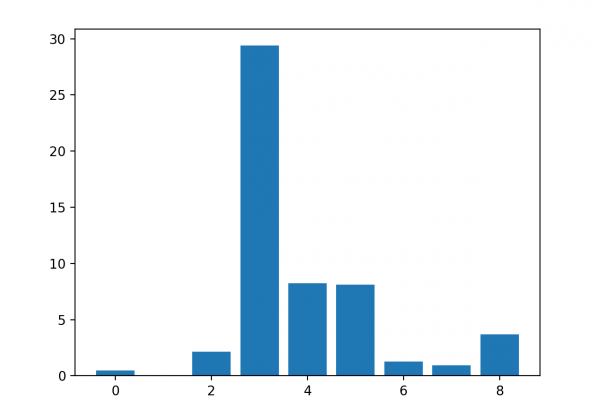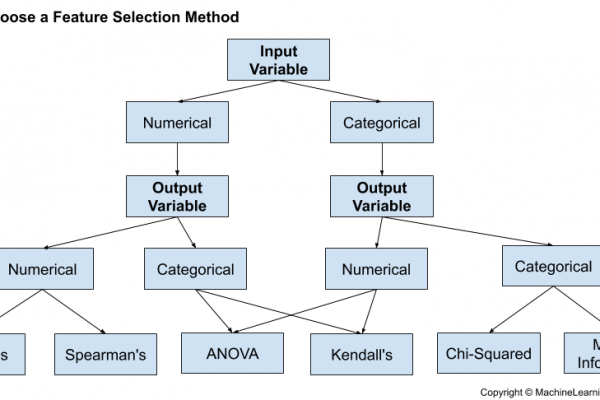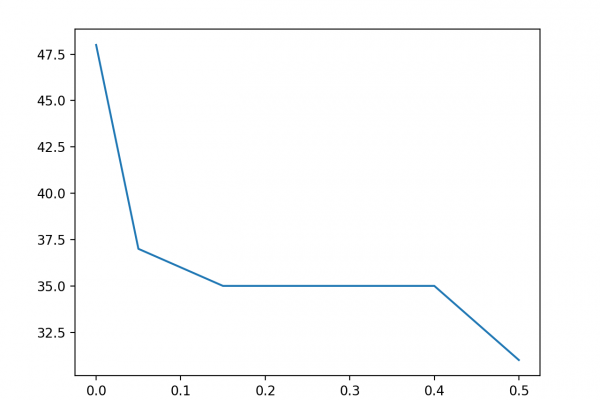How to Handle Missing Data with Python
Last Updated on August 28, 2020 Real-world data often has missing values. Data can have missing values for a number of reasons such as observations that were not recorded and data corruption. Handling missing data is important as many machine learning algorithms do not support data with missing values. In this tutorial, you will discover how to handle missing data for machine learning with Python. Specifically, after completing this tutorial you will know: How to marking invalid or corrupt values […]
Read more








